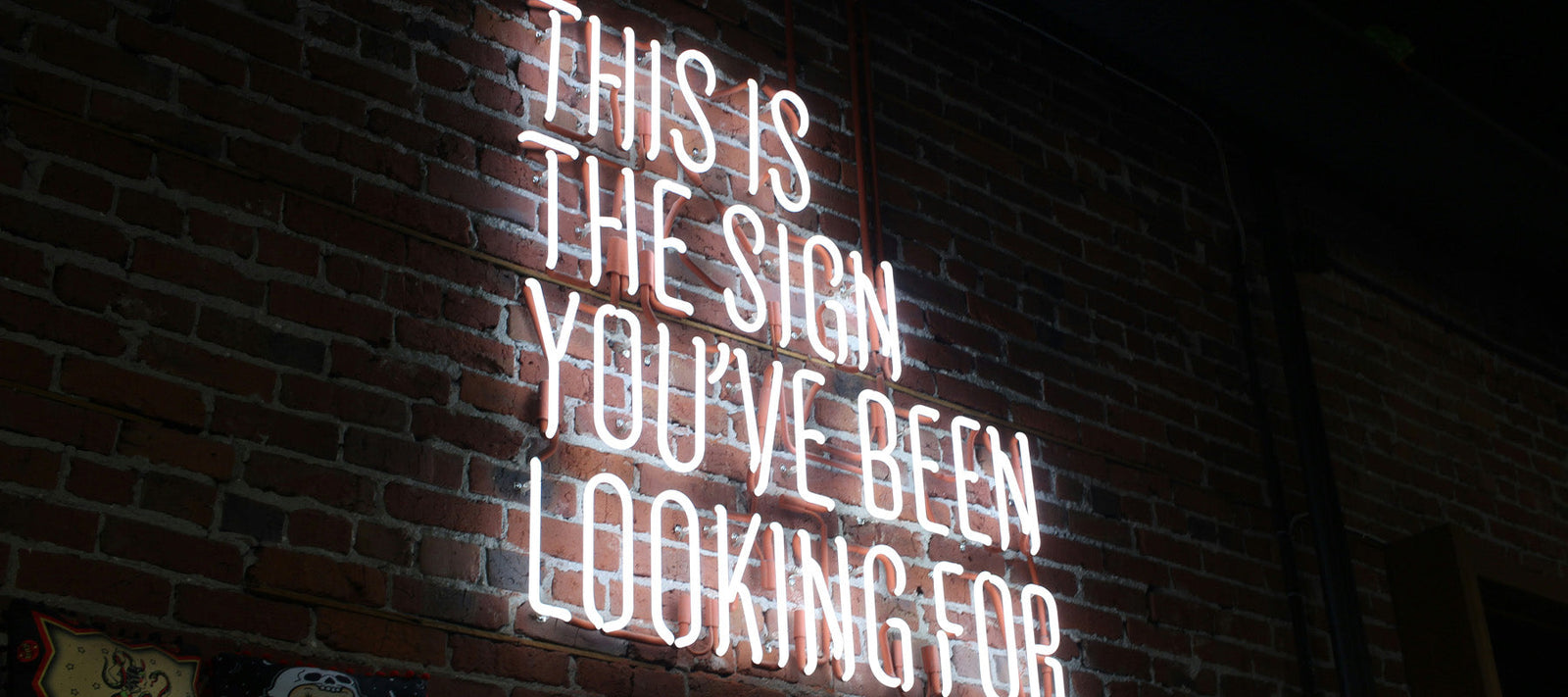In the bustling world of retail, every detail matters. From the layout of the store to the placement of products, retailers strategically design their Point of Sale (POS) systems to influence consumer behaviour. Understanding the psychology behind POS design unveils a fascinating realm where subtle cues can significantly impact purchasing decisions. In this exploration, we delve into the intricate interplay of psychology and design, unraveling how retailers leverage human psychology to create compelling shopping experiences.
Visual Hierarchy: Guiding the Consumer's Gaze
Visual hierarchy serves as the cornerstone of effective POS design. By strategically arranging elements within the retail space, retailers can guide the consumer's gaze towards desired focal points. Consider a well-designed POS display where products are showcased in descending order of importance. The eye naturally gravitates towards the prominently displayed items, increasing their visibility and likelihood of purchase.
Key to this concept is understanding the primacy and recency effect – the tendency for individuals to recall items presented at the beginning (primacy) and end (recency) of a sequence more readily. Applying this knowledge, retailers position high-margin or promotional products at eye level or near the checkout counter, ensuring they capture the consumer's attention during the crucial moments of their shopping journey.
Cognitive Load: Simplifying Decision-Making
In an era characterised by information overload, simplifying the decision-making process is paramount. POS design aims to alleviate cognitive load by presenting information in a clear, concise manner. Streamlined signage, intuitive navigation, and uncluttered displays reduce mental effort, enabling consumers to make purchasing decisions more efficiently.
Research suggests that individuals are more likely to make impulsive purchases when faced with fewer options, as an abundance of choices can lead to decision paralysis. By curating product assortments and limiting options, retailers create an environment conducive to spontaneous buying behaviour. Additionally, employing persuasive language such as "limited time offer" or "bestseller" triggers a sense of urgency, compelling consumers to act swiftly before missing out.
Emotional Engagement: Forging Connections Beyond Transactions
Emotions wield considerable influence over consumer behaviour, often superseding rational decision-making. Effective POS design capitalises on this phenomenon by eliciting positive emotions that foster deeper connections between consumers and brands. Consider the inviting ambiance of a boutique adorned with warm lighting and soothing music – it evokes feelings of comfort and relaxation, encouraging shoppers to linger and explore.
Furthermore, the mere presence of sensory cues can evoke nostalgia and trigger emotional responses. The aroma of freshly baked goods or the sight of familiar packaging can evoke fond memories, imbuing the shopping experience with a sense of nostalgia and familiarity. By creating positive associations, retailers cultivate brand loyalty and enhance the overall shopping experience.
Social Proof: Leveraging the Power of Influence
Humans are inherently social creatures, wired to seek validation from others. Social proof, a psychological phenomenon whereby individuals conform to the actions of others under the assumption that those actions are reflective of correct behaviour, underpins many aspects of consumer behaviour. In the realm of POS design, leveraging social proof can be a potent tool for influencing purchasing decisions.
Testimonials, user-generated content, and social media integration serve as tangible forms of social proof that validate the desirability and credibility of products. By showcasing positive reviews or displaying indicators of popularity, such as "bestselling" or "customer favourite" labels, retailers tap into the innate desire for social validation, thereby increasing consumer confidence and propensity to purchase.
In conclusion, the psychology of Point of Sale design offers a fascinating glimpse into the intricacies of consumer behaviour. By leveraging principles such as visual hierarchy, cognitive load reduction, emotional engagement, and social proof, retailers can create immersive shopping experiences that resonate with consumers on a subconscious level. Ultimately, understanding the psychological drivers behind POS design empowers retailers to craft environments that not only drive sales but also forge lasting connections with their audience.






